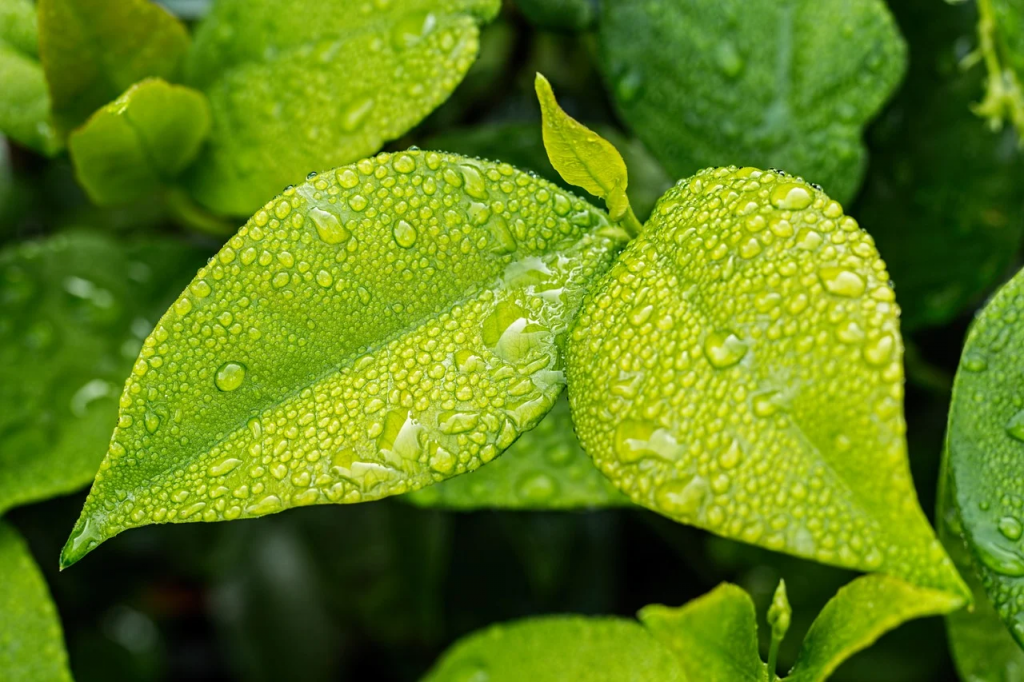
Did you know that aquarium water can work wonder in your garden? If you don’t believe us, then read on to know about the immense benefits this mineral rich aquarium water tags along which is going to make your garden greens thank you later.
Who doesn’t love multi-hued fishes in their living room aquarium?
But did you know that aquarium water gets enriched with various elements when kept as it is over 5-8 days?
All these elements are highly crucial for guaranteeing the good health of your garden plants. While this water becomes toxic for fishes after a specific period, you can use it for gardening purposes rather than flushing it down the drain.
And if you have any dead fish in the tank, you can use it like a fish emulsion rather than throw it away. For doing this, you will simply have to bury the carcass in the potting soil and let the magic take its course.
If you are a gardening enthusiast who is always on the lookout for new and improved ways for adding some zing to your plants, then you have come to the right place.
Today we will share some insights on using aquarium water to boost your garden plants’ health.
Plants adore nitrogen, and you can get reasonable amounts of this essential nutrient from the aquarium water. The main reason behind this is that freshwater aquarium plants produce nitrogen. Photosynthesis wouldn’t be possible if plants don’t have access to nitrogen. Nitrogen also has a pivotal role to play in boosting up the growth of plant tissues and cells.
There is also a high amount of phosphorus in aquarium water produced by plants and created by the bi-products of the fish’s metabolism. Phosphorus is required for the normal development and timely maturity of your plant.
Plants will not be able to complete their production cycle without an adequate supply of phosphorus.
Some other micronutrients present in aquarium water are magnesium and iron, which can act as an elixir for your greeneries. Magnesium has a significant role to play in the photosynthesis process as chlorophyll present in green plants fails to capture solar energy in its deficiency.
Plants also use magnesium for cell membrane stabilization and the metabolism of carbohydrates.
Plants in the production of chlorophyll require iron. It functions similarly to the human bloodstream by carrying essential elements through the plant’s circulatory system.
Aquarium water often has beneficial bacteria, which can add to the efficiency of the already existent nutrients in the aquarium water.
The bacteria break down the nutrients to a bioavailable form which adds more inertia to the plant’s growth as they get absorbed quickly by the plant’s roots. But before using the aquarium water, it is always advisable to dilute it in a 1:1 ratio for balancing out the concentration.
Dunking air plants in the aquarium water can impart an additional growth boost. This can also act as an excellent substitute for cuttings growing in vases.
Usually, you need to change the aquarium water 1-2 times a week, weekly or monthly, depending on your fishes’ type and size. The chances are high that you might have thrown away this aquarium water.
Conclusion
Still, after reading today’s article, you have learned about the rich content of ammonia, potassium, nitrogen, phosphorus, and other beneficial microorganisms in aquarium water, making it an absolute darling of your little green friends.
However, you should refrain from using saltwater in the fish tank. Suppose you have added any chemical or medication, including pH adjusters, aquarium salt, or algae killers.
In that case, it is advisable not to use the fish tank water for your house plants. It is also best to refrain from using aquarium water on flowering plants once they start blooming.
